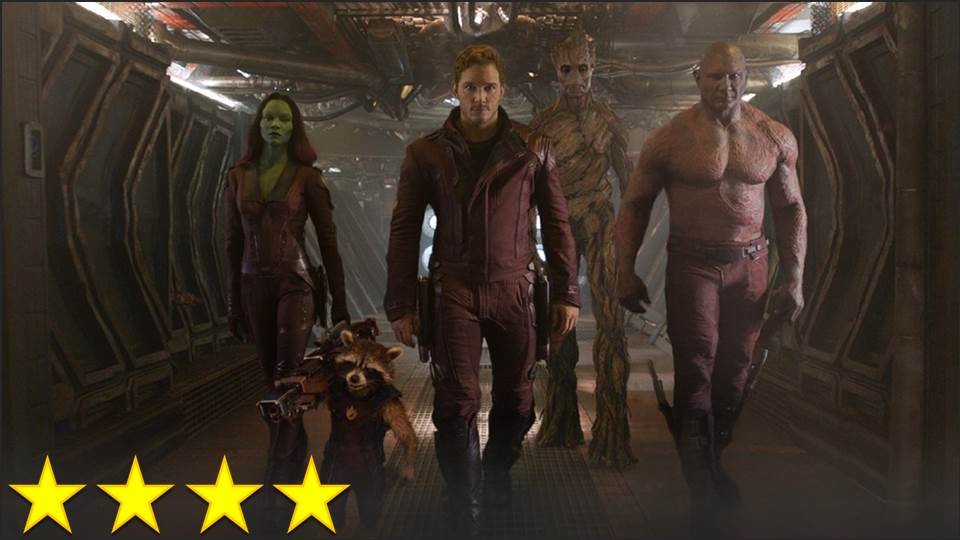The Iron Giant is, in some respects, a concerning and disappointing film. Whenever a movie has the capacity to encourage children to think more like scientists, but instead chooses to reinforce the old notion that believing in wild alien stories and conspiracy theories is good, this is disheartening. However, because it is typical of Hollywood films to have a pro-faith stance of some sort, this isn’t a deal-breaker for me – the film is still really well-made and manages to have a lot of heart in a way that doesn’t annoy me, which is hard to do. With this said, what impresses me most about the film is the way that it goes against common values, at least to some extent, and it encourages children to think in new ways.
The beauty of The Iron Giant is that it exemplifies how a film can be nostalgic about the past while also being highly critical of it, all without contradiction. It’s clear that the filmmakers are engaging with classic B-movies and comic books, romanticizing the 1950s all the way, but also pointing out how silly the 1950s could be. The old horror movies of the day are parodied to great effect, but of course there is also a twist on the old story about an alien coming from Mars to destroy humanity, with Earth’s only salvation coming from the United States military forces. Remember, Indepence Day came out around the same time, so for a film to made the U. S. army look inept, primal, and, to some extent, malevolent, was pretty risky, but I love a movie that keeps American patriotism in check. It’s unique and daring storytelling like this that must be encouraged in children’s cinema, and for this alone I consider The Iron Giant to be one of the most important animated films of its time. Add this to the fact that the story (and storytelling) are clever, creative, and captivating, and I conclude that this film is truly a great classic for all ages.





